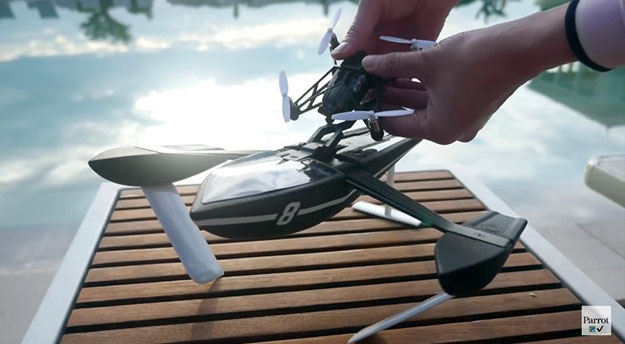Clearing encroaching plants from savannah might make drought worse.

Trees and shrubs may help to keep water flowing in arid areas. The degraded area on the left of this picture could struggle to hold water in the same way. Charles Taylor
Most Texans know that ranchers don’t like shrubs. That’s because of an assumption that when woody plants move into an area, they greedily horde water and drain nearby rivers. That assumption is the driving force behind efforts from Texas to South Africa to clear shrubs from drought-prone land.
However, there is one problem — according to a study by researchers at Texas A&M University in College Station, that assumption may not be true. Hydrologist Bradford Wilcox and his colleague Yun Huang examined water levels going back to 1925 for four of Texas’s biggest rivers near the parched Edwards Plateau in the west of the state. What they found shocked them.
“Rivers on the Edwards Plateau not only are not disappearing, but they are increasing in flow,” says Wilcox, who is first author on the study, to be published in Geophysical Research Letters1. “By a lot. I mean, it’s doubled. That’s really big.” Read more











